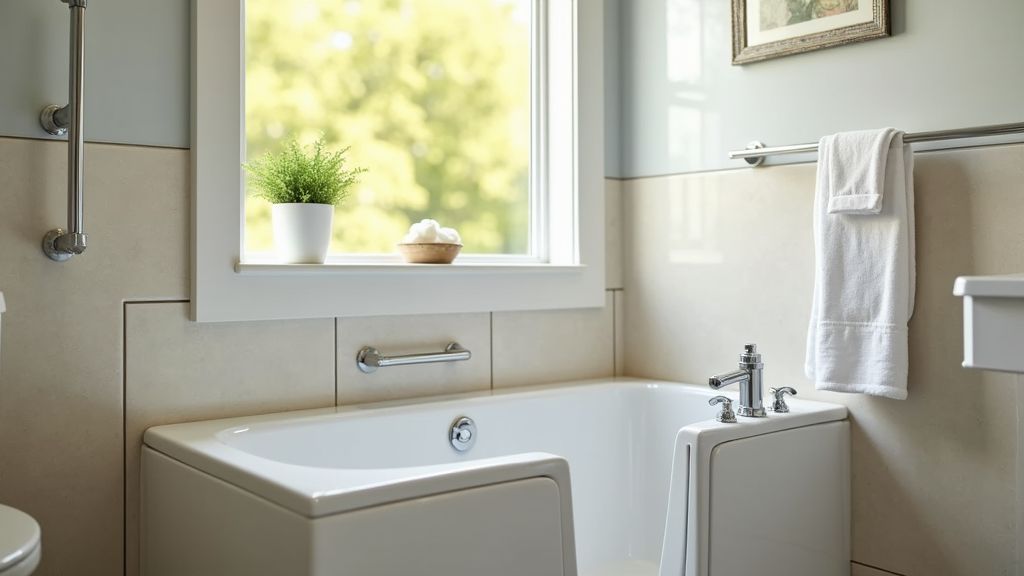In the realm of home safety modifications, particularly for seniors, one question looms large: are walk-in tubs a comfort covered by Medicare? As the population ages, the demand for accessible bathing solutions has never been higher. While Medicare offers a lifeline to many seniors seeking health care coverage, does it extend to this particular need? Let's dive into the depths of Medicare policies and uncover whether or not these luxurious, yet essential, fixtures qualify for coverage.

The Essentials of Walk-In Tubs
Walk-in tubs are designed primarily for individuals with mobility challenges, allowing them to enter the bathing area without climbing over a high tub wall. This accessibility feature can significantly reduce the risk of falls, providing a safer bathing experience for seniors and individuals with disabilities. These tubs often come equipped with features such as seats, grab bars, and handheld showerheads, enhancing the user experience and ensuring safety and comfort. As our population continues to age, these features become increasingly relevant, making walk-in tubs a highly sought-after home modification.
Decoding Medicare: What Does It Cover?
Medicare, the federal health insurance program for people aged 65 and older, as well as some younger individuals with disabilities, covers a plethora of health-related expenses. However, when it comes to home modifications like walk-in tubs, Medicare's coverage is more limited. Traditional Medicare, which includes Part A (hospital insurance) and Part B (medical insurance), typically does not cover the cost of walk-in tubs as it categorizes them under personal convenience and comfort items rather than medical necessity.
Navigating Medicare Advantage Plans
While Original Medicare has its limitations, Medicare Advantage (Part C) plans could offer some possibilities for coverage. These plans are offered by private insurers and often include additional benefits not covered by Original Medicare. Some Medicare Advantage plans might provide coverage for walk-in tubs, but it's crucial to check the specifics of each plan. Cost, coverage, and eligibility can vary significantly, so consulting with a representative or using the plan's member resources can be a critical step in securing any available coverage.
Cost-Effective Alternatives and Financial Assistance
If Medicare does not offer a clear path to coverage, there are alternative options to consider. Medicaid, Veterans Affairs benefits, and state-specific programs might offer some financial assistance or coverage for home modification equipment like walk-in tubs. Additionally, there are national and local non-profit organizations that provide grants and funding for seniors to make necessary home modifications. Researching and applying for these programs might fill the gap left by traditional insurance coverage, making a walk-in tub a feasible purchase.
Future Prospects: Shift in Coverage Policies?
As policy-makers recognize the growing demand for products that ensure senior safety and independence at home, discussions around expanding Medicare's coverage to include home modifications like walk-in tubs are on the rise. Stakeholders in the healthcare and aging sectors are pushing for changes that reflect the importance of these modifications, not just for comfort, but for the overall health and well-being of seniors. While current coverage may be limited, future prospects could see a shift toward more inclusive policies.